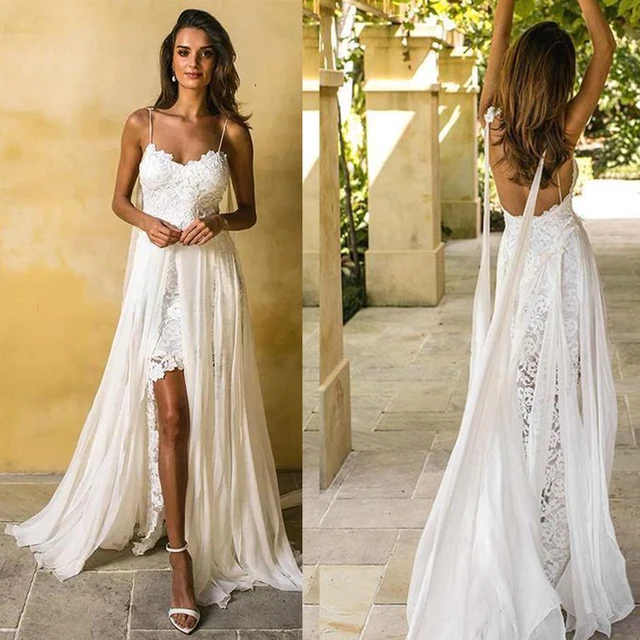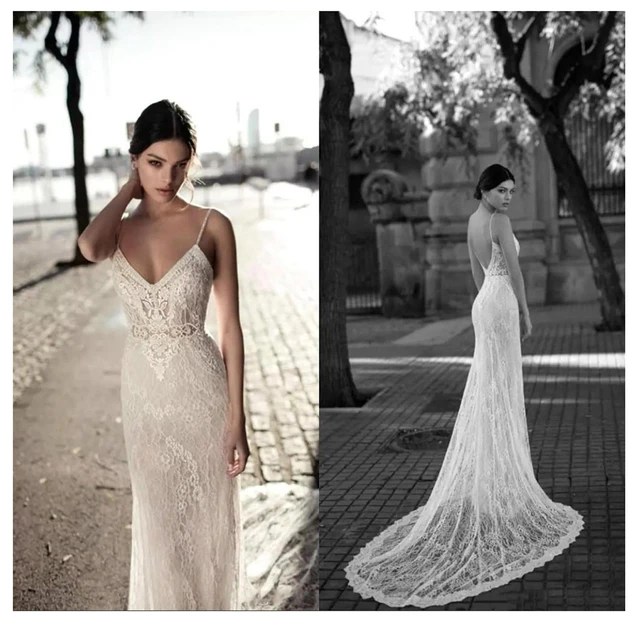Introduction
Choosing the perfect wedding dress is a pivotal moment for any bride, as it sets the tone for one of the most important days of her life. While many brides dazzle in stunning gowns that reflect their personal style and vision, there are some instances where the quest for uniqueness or avant-garde design leads to wedding dresses that miss the mark.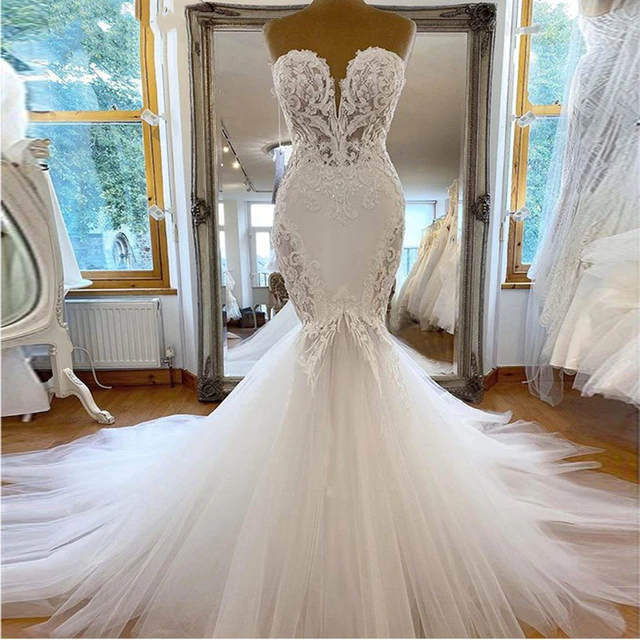
From unconventional silhouettes to questionable fabric choices, here are unforgettable wedding dresses that garnered attention for all the wrong reasons:
The Neon Nightmare:
A bride’s desire to stand out can sometimes result in an over-the-top choice, such as a neon-colored wedding dress that blinds rather than mesmerizes. While bold colors can make a statement, fluorescent hues can be a risky choice for a traditional ceremony.
The Excessive Ruffles:
Ruffles can add a touch of romance to a wedding dress, but when taken to the extreme, they can overwhelm the gown and the bride wearing it. A dress adorned with excessive layers of ruffles may drown out the bride’s natural beauty and create a distracting silhouette.
The Illusion Gone Wrong:
Illusion panels and sheer fabrics can add a sense of allure to a wedding dress, but when executed poorly, they can leave little to the imagination. A dress with ill-placed illusions or overly revealing designs can detract from the elegance of the overall bridal look.
The Mismatched Mashup:
In an attempt to combine multiple styles or trends, some wedding dresses end up looking like a hodgepodge of mismatched elements. Mixing too many design elements, such as lace, sequins, and feathers, can result in a chaotic and disjointed dress that fails to harmonize.
The Tacky Train Wreck:
While a dramatic train can add a touch of sophistication to a wedding dress, an excessively long or overly elaborate train can turn into a logistical nightmare. A train that drags on the floor or requires multiple attendants to manage can hinder the bride’s movement and detract from the overall elegance of the gown.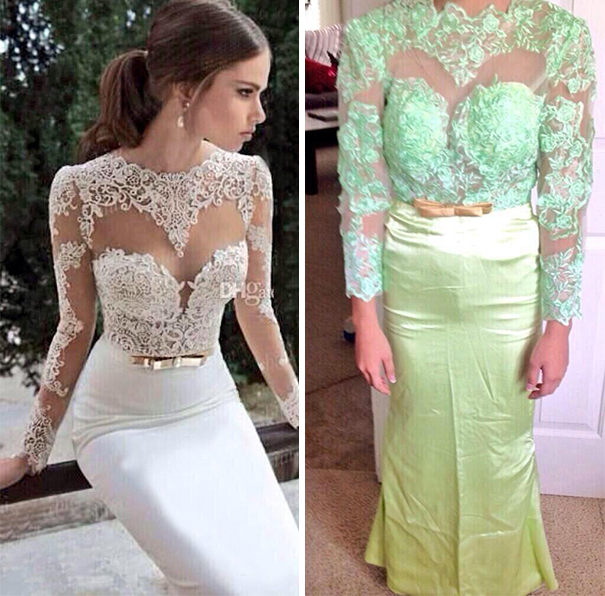
The Questionable Cutouts:
Cutouts can add a modern and edgy twist to a wedding dress, but when placed in awkward or unflattering locations, they can appear more cringeworthy than chic. Ill-advised cutouts that reveal too much skin or disrupt the dress’s silhouette can undermine the bride’s confidence on her special day.
The Inflated Extravaganza:
Some brides opt for voluminous skirts and oversized embellishments in an effort to make a grand entrance, but when taken to excess, these elements can transform a wedding dress into a caricature of extravagance. A dress that overwhelms the bride’s frame or resembles a theatrical costume can detract from the elegance of the occasion.
The Distracting Doodles:
Personalizing a wedding dress with unique details or embellishments is a heartfelt gesture, but adorning it with distracting doodles or nonsensical designs can diminish the dress’s sophistication. A gown covered in random patterns or amateurish artwork can appear juvenile and out of place in a formal setting.
The Awkward Asymmetry:
Asymmetrical designs can infuse a wedding dress with a contemporary edge, but when executed clumsily, they can create a sense of imbalance and discord. An asymmetrical neckline, hemline, or embellishment that appears arbitrary or out of place can disrupt the dress’s overall harmony.
The Over-the-Top Theme:
Some brides embrace a theme or motif for their wedding dress, but when the theme is taken to extremes, it can result in a costume-like ensemble. A dress that overly literalizes a theme or incorporates gimmicky elements can overshadow the bride’s natural beauty and detract from the elegance of the occasion.
The Uncomfortable Couture:
While couture designs are known for their artistry and creativity, some wedding dresses venture into the realm of discomfort. A dress adorned with protruding elements, such as oversized beads, metalwork, or sharp embellishments, can pose a physical hazard to both the wearer and those around her, detracting from the joy and ease of the celebration.
The Sheer Overload:
Sheer fabrics can add an ethereal quality to a wedding dress, but when used excessively, they can detract from the dress’s elegance and sophistication. A gown that relies heavily on sheer layers may risk appearing more like lingerie than bridal couture, undermining the formality of the occasion.
The Unflattering Color Clash:
While some brides seek to depart from traditional white, ivory, or blush tones, opting for unconventional hues, a jarring color choice can miss the mark. A wedding dress in a clashing or unflattering color may fail to complement the bride’s skin tone and overall aesthetic, creating a discordant visual impact.
The Exaggerated Proportions:
Pushing the boundaries of traditional silhouettes can result in fashion-forward wedding dresses, but exaggerated proportions can also lead to an unbalanced and unflattering look. Oversized sleeves, disproportionately large bows, or excessively voluminous skirts can overwhelm the bride’s frame and detract from the overall elegance of the gown.
The Costume Party Faux Pas:
Drawing inspiration from historical or cultural costumes can result in striking wedding attire, but when executed without finesse, it can cross into costume party territory. A dress that overly literalizes a historical or cultural reference may appear more suited for a theatrical production than a wedding ceremony, overshadowing the significance of the occasion.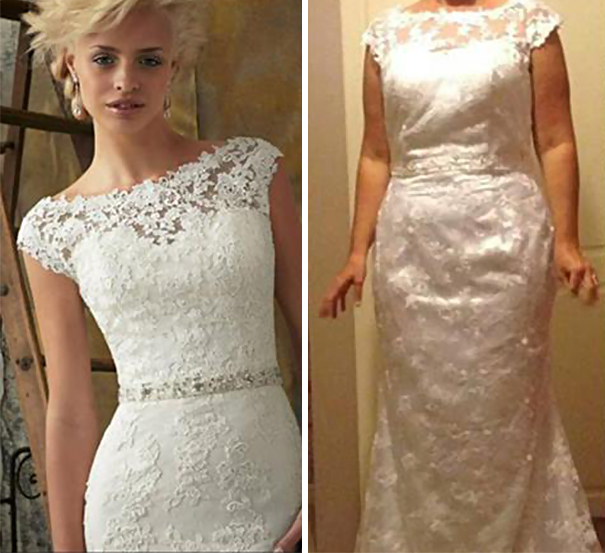
The Unwieldy Headpiece:
In an attempt to make a statement, some brides opt for elaborate headpieces or veils that border on unwieldy. While a dramatic headpiece can add a touch of glamour, an excessively large or heavy accessory can distract from the bride’s natural beauty and become a source of discomfort throughout the day.
The Tangled Tale of Tulle:
Tulle is a beloved fabric choice for creating romantic and whimsical wedding dresses, but when used excessively, it can transform into a tangled mess. A dress overwhelmed by layers of tulle can create a cumbersome and unmanageable silhouette, hindering the bride’s movements and detracting from the dress’s inherent grace.
The Confusing Concoction:
Combining too many design elements or styles in a single dress can result in a confusing and disjointed ensemble. A gown that attempts to incorporate various trends, such as bohemian, vintage, and modern elements, risks losing its cohesiveness and creating a sense of sartorial confusion.
The Awkward Emphasis:
Embellishments and details should enhance a wedding dress, but when placed without consideration, they can draw attention to unflattering areas. Ill-placed embellishments, such as awkwardly positioned sequins or distracting appliqués, can disrupt the dress’s visual flow and undermine the bride’s confidence.
The Misguided Message:
Some brides seek to convey a personal message or story through their wedding dress, but when the narrative is overly obscure or convoluted, it can perplex rather than enchant. A dress laden with cryptic symbols or inscrutable motifs may fail to resonate with the audience, diluting the emotional impact of the bride’s sartorial expression.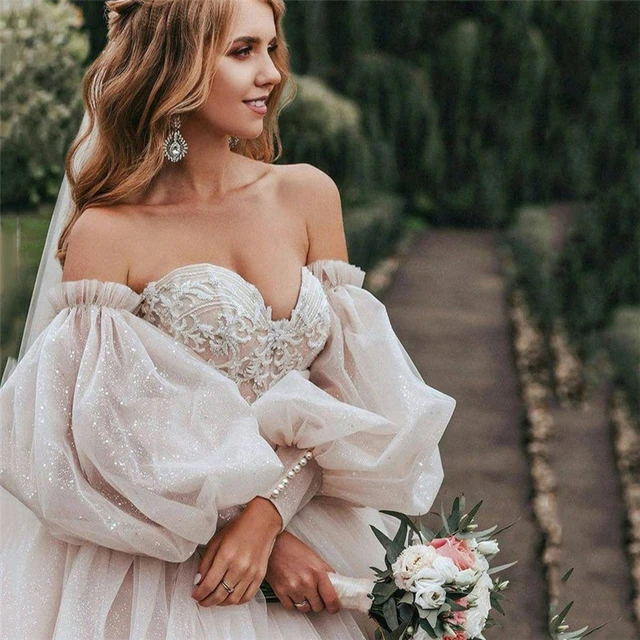
In conclusion
While the quest for a unique and memorable wedding dress is understandable, it is essential to strike a balance between individuality and timeless elegance. Avoiding fashion pitfalls such as excessive embellishments, garish colors, and impractical design elements can help ensure that the wedding dress enhances the bride’s beauty and radiance on her special day. By embracing classic silhouettes, quality fabrics, and tasteful details, brides can create a look that is both unforgettable and effortlessly chic.